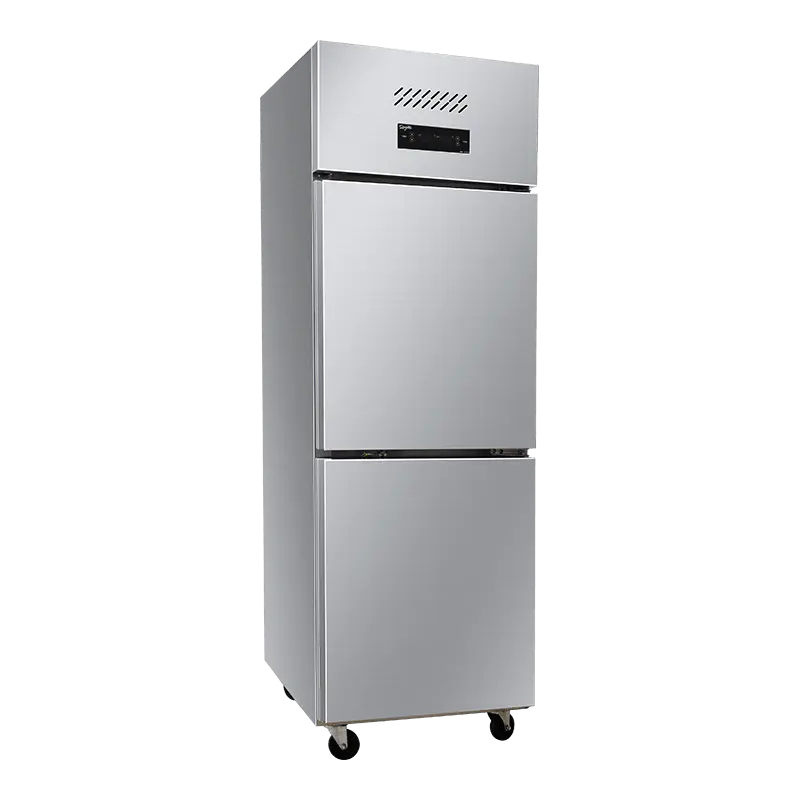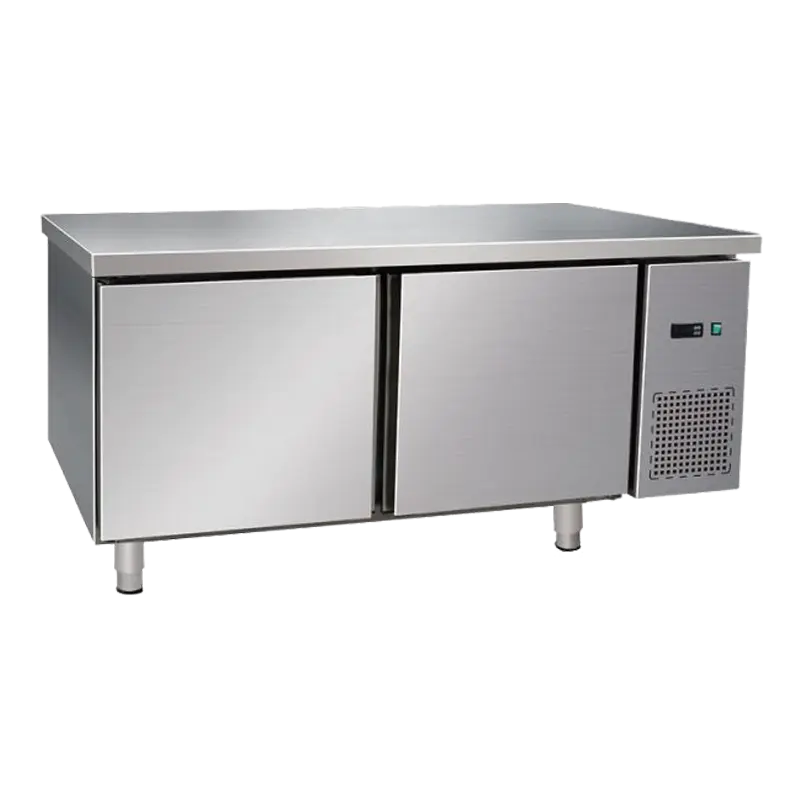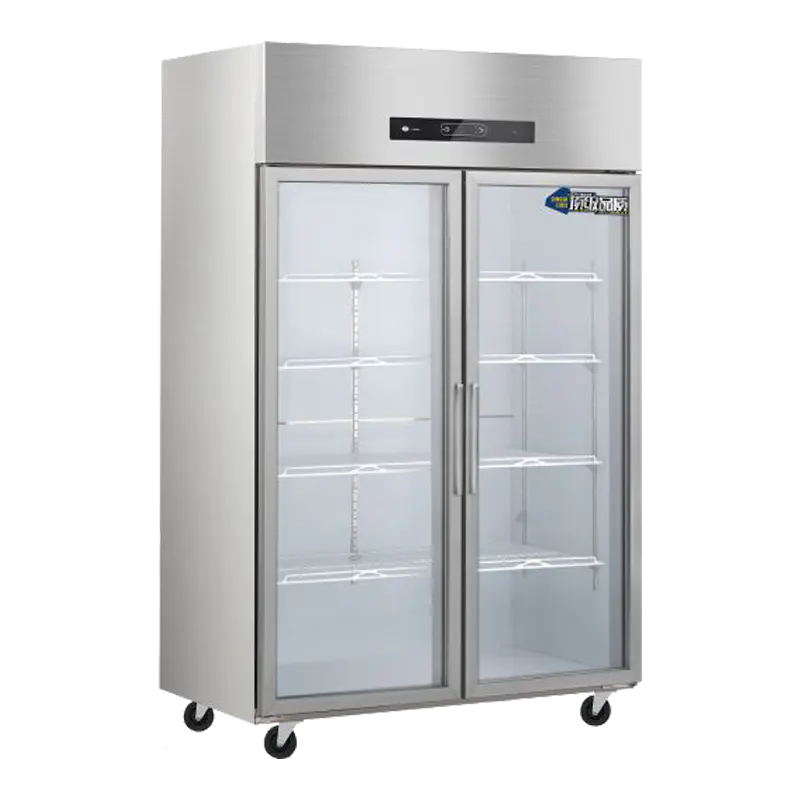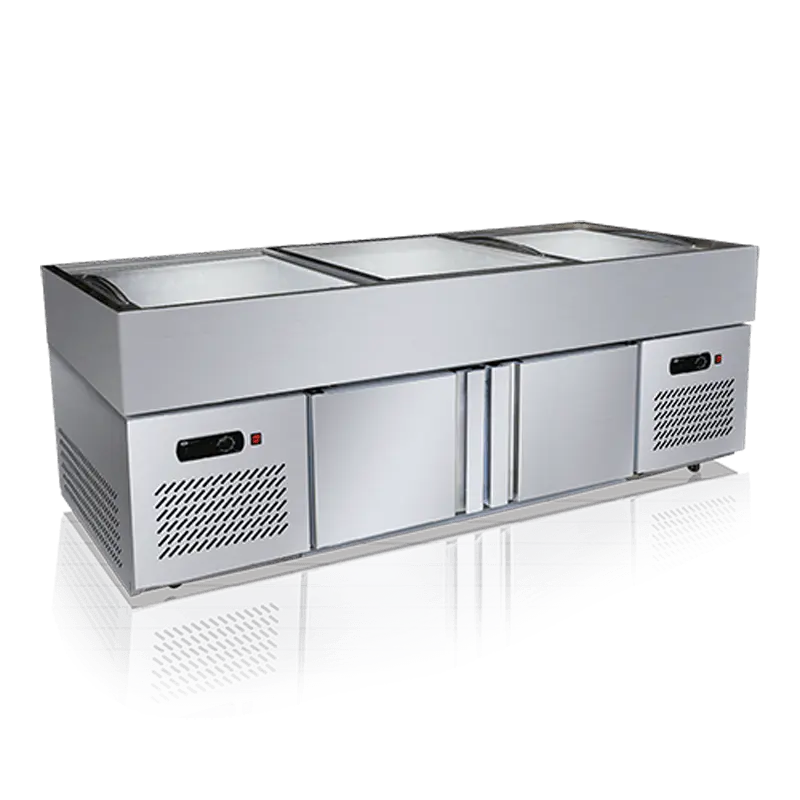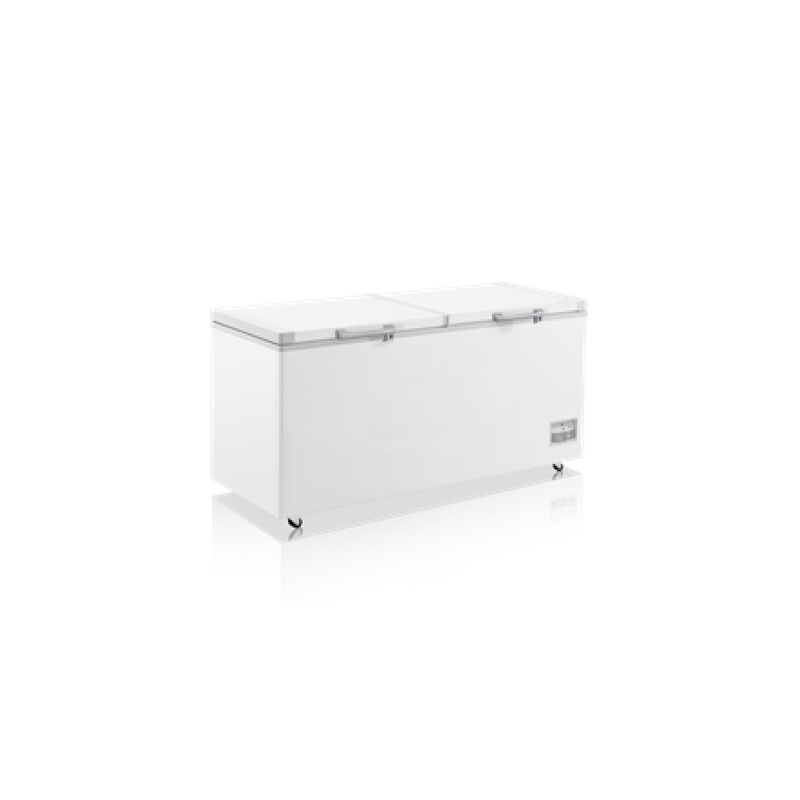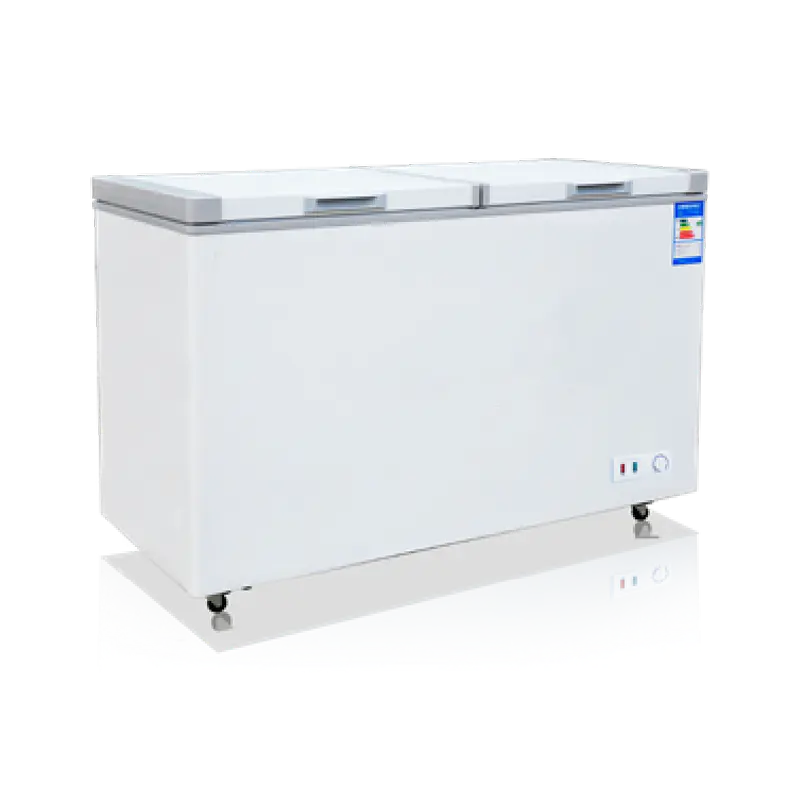How Display Chillers Influence Customer Buying Behavior in Stores and Food Service Spaces
In modern food retail and food service environments, the design of equipment is no longer just about function—it’s also a powerful tool to shape customer experience. Among the many devices that bridge storage and presentation, refrigerated meat fruit vegetable display chillers stand out for their unique dual role. Not only do they preserve the freshness of perishables, but they also act as visual merchandising platforms that directly influence customer choices. For operators in supermarkets, buffets, and open kitchen restaurants, the display chiller has evolved into a strategic asset rather than just a cooling unit.
When a customer walks into a self-service area or a front-of-house food display, their initial impressions often guide what they choose to pick up or order. The layout, lighting, and even the transparency of the glass on display chillers can determine which items catch attention. For example, chilled drinks or cut fruit stored at optimal temperatures (2–8 °C) appear fresher and more vibrant behind crystal-clear glass with anti-fog technology. This creates what we call a “perceived freshness halo,” where customers feel that food stored in such conditions is of higher quality, even before tasting it.
Temperature zoning also plays a subtle psychological role. When you combine different compartments—say, one for vegetables, one for meat skewers at slightly frozen conditions, and one for fully frozen items—customers tend to see a broader and more curated selection. This segmentation encourages both planned purchases and impulse buying. A visually separated space for meats, for example, not only maintains hygiene but also reassures customers that cross-contamination is being avoided. In a buffet or hot pot restaurant setup, this directly supports trust and satisfaction, turning first-time visitors into repeat guests.
Color customization is another factor that shouldn’t be overlooked. Today’s refrigerated meat fruit vegetable display chillers are available in various finishes—such as rose gold or brushed aluminum—allowing businesses to align their equipment with interior design themes. This consistency reinforces brand image and enhances the overall shopping or dining ambiance. When form meets function like this, customers subconsciously associate the business with higher professionalism and care. This is especially effective in boutique grocery stores or open-concept kitchens, where equipment is part of the visible brand story.
Smart lighting integrated into chillers further amplifies the appeal of fresh produce and ready-to-eat dishes. LED lighting can highlight the natural colors of fruit or the marbling in a cut of meat, all while consuming minimal energy. A subtle but important consideration here is that too much brightness or uneven lighting can distort food appearance, leading to confusion or reduced confidence in the product. Manufacturers who design with food color accuracy in mind provide a real edge for businesses trying to balance attraction and authenticity.

Ultimately, display chillers don’t just store food—they frame it. And in the competitive food retail landscape, framing matters. A well-designed chiller can increase dwell time in front of specific zones, gently nudging customers toward high-margin items or seasonal promotions. For operators looking to increase visual appeal while maintaining strict cold chain standards, investing in a well-built, multi-temperature unit is a strategic move. These aren’t just machines—they're front-line sales tools with cooling power.
With over a decade of experience designing high-performance refrigerated solutions, we understand how to combine technology, aesthetics, and usability into every display unit we deliver. Whether you’re showcasing fresh greens, marinated meats, or temperature-sensitive desserts, a purpose-built chiller can help you sell more while keeping every item perfectly preserved.


 English
English русский
русский Español
Español عربى
عربى

